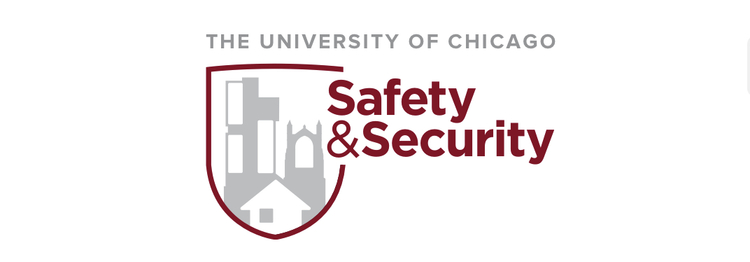


05/04/2015
“The realities are that, you know, as a black man, you know, Barack can get shot going to the gas station, you know.” — Michelle Obama
Commenter Chicago Girl points to this article from the U. of Chicago publication The Gate:
“A Wall Around Hyde Park”: The History and the Future of the UCPD06/02/2014 Andrew Fan Chicago
Hyde Park is one of the safest neighborhoods in Chicago.
In 2012, there were 506 murders in Chicago — more than any other city in the United States. The national media quickly dubbed the city “the murder capital of America.” 2 None of these killings took place in Hyde Park. 3 Even as Woodlawn endured twenty-one homicides and Washington Park recorded the highest murder rate in the city, Hyde Park reported a decrease in violent crime, with a lower rate than North Side neighborhoods like Lakeview and Logan Square. 4 This year, Chicago has seen over 820 shootings, but only one in Hyde Park and two in Kenwood. 5
The neighborhood owes much of its safety to a highly unusual police force. With over one hundred full-time officers, the University of Chicago Police Department (UCPD) is one of the largest campus forces in the country. 6 It patrols much of the South Side, covering all of Hyde Park and Kenwood, as well as parts of Bronzeville and Woodlawn. The force does more than simply patrol this zone; the UCPD boasts plainclothes officers and investigative squads, going far beyond the campus guards most universities employ. 7 A plaque hanging in the lobby of the UCPD headquarters on 61st and Drexel serves as a daily reminder of the risks faced by officers: the annual Steven Mitchell Award honors the force’s best member; it is named for a university officer killed in the line of duty in 1983.
Unfortunately, UCPD’s stellar record of crime reduction has come at a heavy cost.
Brandon Parker, an eighteen-year-old Woodlawn resident, is careful not to cross 59th Street, where he says that university police “stop and check you.” 8
Christian Clark, a high school sophomore who lives in Kenwood, complains that UCPD officers “harass people for no reason.” Once, while biking through campus, an officer pulled him over and asked, “what are you doing over here?” 9
Andre Harmon, a twenty-one-year-old art student, avoids biking through the university after being pulled over several times by the university police. He built his bicycle himself, but UCPD officers have repeatedly asked him to explain where it came from, a question he views as accusatory and racially motivated. 10
The stories of these young men are not unusual. Since its creation in the late 1950s the UCPD has been dogged by accusations of racial profiling, leveled by both University of Chicago students and community members, primarily African Americans. Today, policing tactics are hotly debated around the country; New York City has witnessed a powerful backlash against the practice known as “stop and frisk.” Though the case of the UCPD is different in many ways, it raises similar questions about the use of police power. Even as Barack Obama sits in the White House, students of color still report unwarranted police stops at the university where he taught, and many black teens refuse to even cross into his neighborhood for fear of the police.
The irony is even greater: Barack and Michelle Obama have always chosen to live in Chicago within the Double Bubble of police protection provided by both the Chicago PD and the kick-ass U. of Chicago PD. The harassment of poor blacks in the Obamas’ neighborhood wasn’t a bug, it was a feature to them.
Update: From 1993-2005, the Obama’s owned a condo within a … gated community inside the Double Bubble of Police Protection: Triple Secret Protection!